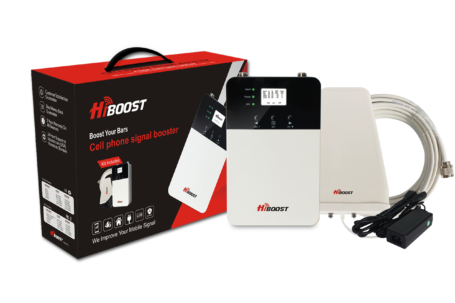4 Reasons Why We Struggle With Bad Indoor Mobile Signal Coverage
For most people, the struggle to get a good mobile signal, particularly indoors, has existed since the invention of mobile phones. This is especially aggravating given that 85 percent of all cell phone calls are made indoors.
The ability of mobile network towers to provide continuous signal is required for successful indoor mobile coverage. Operating towers use radio frequencies to transmit phone signals (RFs). These frequencies are susceptible to being weakened by a variety of factors.
The following are the main reasons why people experience poor indoor cell phone connectivity.
1. PROXIMITY TO THE MOBILE TOWER
Your distance from the Tower can significantly reduce the amount of signal strength you receive on your mobile phone, as well as the time it takes for the signal to reach you, and the weaker it becomes. There are fewer cell towers to broadcast signals to you in rural and remote areas of the country. So, if you put a few natural obstacles between you and the mast, such as trees and mountains, you’re likely to have poor connectivity.
However, this isn’t just a problem in rural or remote areas. Even though urban areas have more towers, the many man-made structures between your building and the mobile tower can prevent mobile signals from reaching your building. However, there is a solution, which we will discuss further.
It is often found that the side of the building nearest to the tower always has great signal, whereas the opposite side suffers from poor coverage.
2. TOPOGRAPHY
The surrounding area’s landmark has a significant impact on the cell signal within your building. If the network tower is on a hill, but you live in a valley surrounded by trees, your mobile signal will most likely be weak. Mountains, hills, and woods act as natural barriers to cell signals, absorbing them before they reach you.
3. NATURAL CAUSES
Weather conditions can also impact your mobile phone’s signal strength and how you make and receive calls. Heavy rainstorms, dense fog, and other adverse weather conditions can easily disrupt mobile signal reception. These weather conditions have a negative impact on your mobile phone signals once again.
4. CONSTRUCTION MATERIALS
The proximity to the mobile network mast, mountains, trees, and weather conditions all play a role in how far or well the mobile phone signal boosters work, but construction materials are the most significant impediment to indoor mobile signal coverage. Most modern buildings are built with materials that are good for the building but bad for mobile phone signal penetration. Mobile signal blockers include thick brick walls, insulation, and treated glasses, concrete, or metal.
SO HOW CAN YOU GET MOBILE SIGNAL INSIDE?
All hope is not lost, as we have worked and continue to work tirelessly with top-tier RF (Radio Frequency Engineers) and manufacturers to provide you with a solution at an affordable price. If you have at least one bar of signal a few meters away from your property, our system can help pull it, refine it, and amplify it throughout your home or office. In terms of pricing and affordability, our boosters are designed with everyone in mind.
Our devices are simple to set up and can provide a consistent and uninterrupted voice and data connection.
For a basic formation the booster comes with an (1) Outdoor antenna or Logarithm antenna (2) The booster (Main Unit) (3) 10/15 m Cable and (4) An Indoor Antenna
It work by the Outdoor antenna which is mounted in the roof or at least on a 10m pole, pulling the available phone signal outside the property through the 10 meter cable into the Booster, the booster then process and refine this little signal and amplifies and then distributes it throughout the house indoors, through the indoor distributing antenna.



